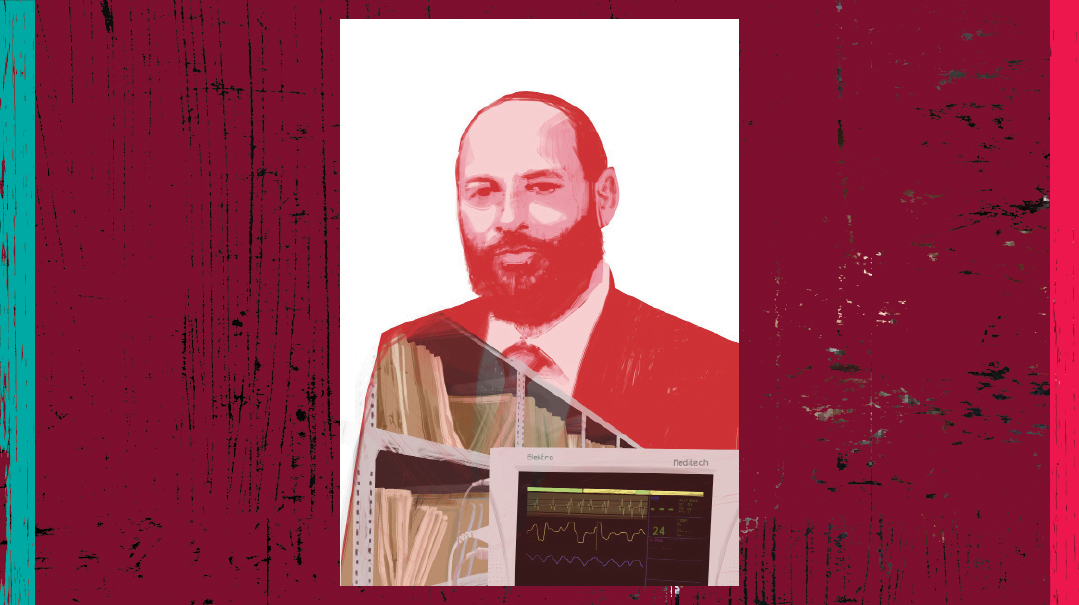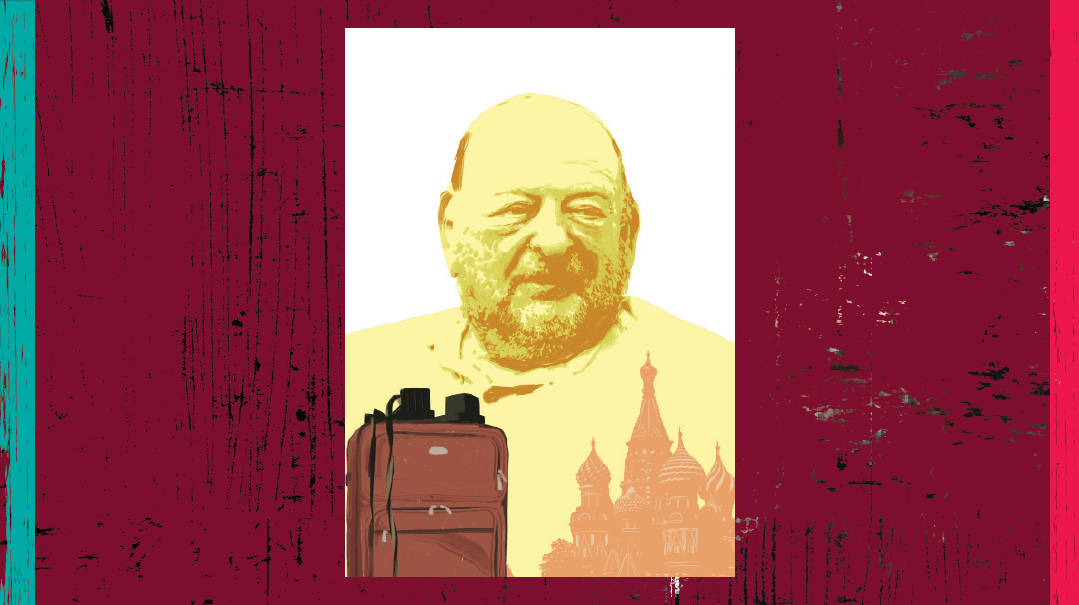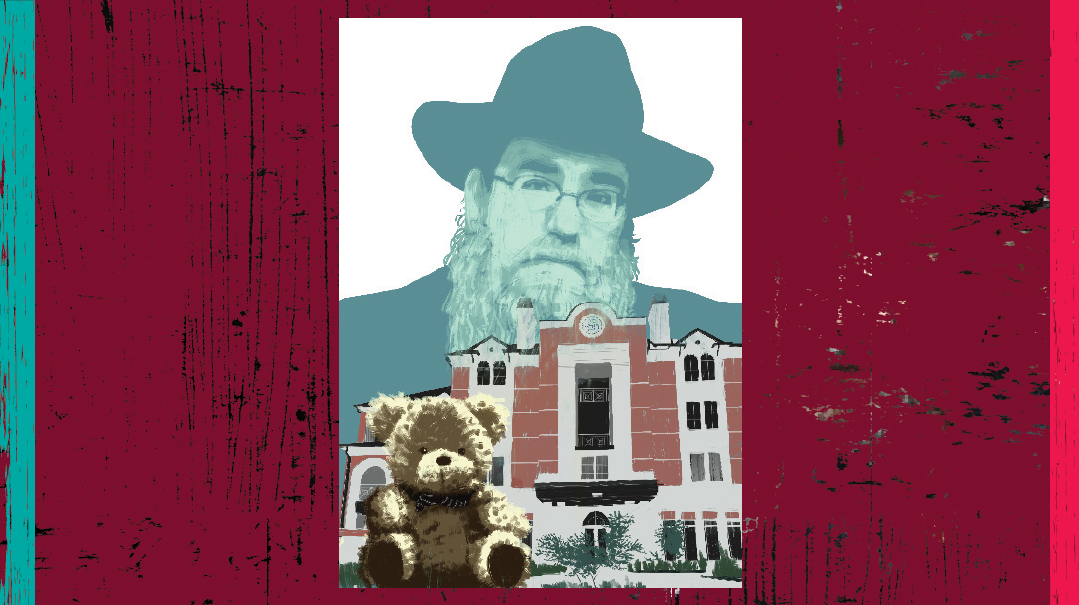The Sight of Spilled Blood
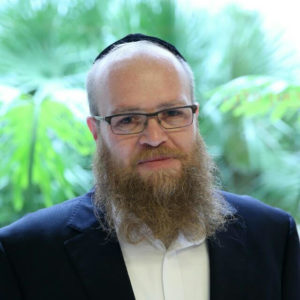
“Come and join us!” he shouted. “We need you. Help us bring these remains to a Jewish burial!”
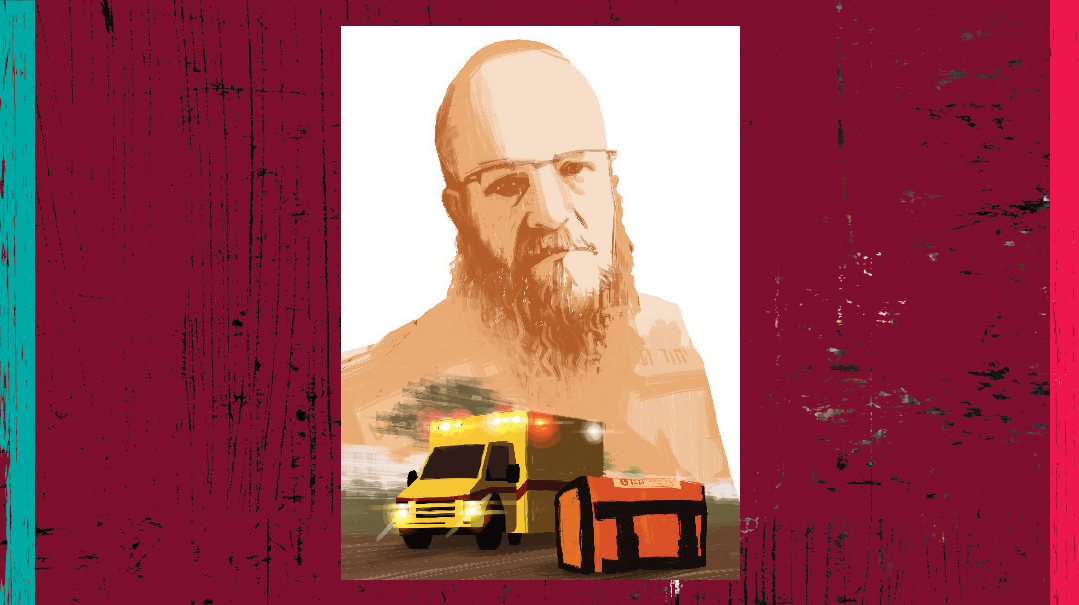
Eliezer Shulman, Deputy Editor, Hebrew Mishpacha
ZAKA Volunteer, Israel
It was July 6, 1989, and I was essentially still a kid, having just broken into journalism as a stringer for a long-defunct frum weekly. Those were the days before cell phones, but at 18, I was thrilled to have a beeper for urgent messages, a tool of status for a young guy like me. As I was sitting with my editor, eagerly awaiting my next assignment, the beeper suddenly went off. It was from the police spokesman in Jerusalem: “Initial report — a bus carrying passengers has fallen into a ravine near Telshe Stone.”
The next message a few minutes later: Multiple casualties, many injured and apparently, many dead.
Moments later, a third message, this time from a friend who was a volunteer in Magen David Adom and Hatzolah. He was setting out for the scene of the accident, and asked if I wanted to join him. Why not? I was never one to turn down action.
A few minutes later, speeding down the Jerusalem-Tel Aviv highway with dozens of other emergency vehicles, we heard the latest updates: This was no accident, but a planned terrorist attack. As Egged bus number 405 was making its ascent to Jerusalem from Tel Aviv, as it passed Telshe Stone, a terrorist attacked the driver, seized the steering wheel of the bus and forced it over the guard rail down a steep precipice into a ravine. The vehicle tumbled down the mountainside to the bottom of the muddy ravine and caught fire. Some of the passengers were burned alive.
As we drew closer to the scene, the more we were able to see of the sheer pandemonium. Military helicopters had landed on the highway to evacuate the wounded, whose cries for help echoed from the depths of the valley, mingling with the shouts of the rescue workers who were trying desperately to find some way to extricate them. Their efforts were hindered by sheer inaccessibility, plus a lack of organization. There was complete chaos, with soldiers and policemen fighting with paramedics over which of them should give the orders, while the 405 bus lay smoldering upside down a hundred meters below in the ravine.
In the midst of this bedlam, though, there were also many acts of kiddush Hashem. A large group of students from a nearby yeshivah arrived — young men who had never been prepared for such an experience, but who displayed tremendous resourcefulness. Their determination to save lives, coupled with their youthful agility and incredible strength and courage, enabled them to make their way down the ravine and, together with the rescue workers, were able to extricate the trapped passengers and get them into the helicopters and other emergency vehicles waiting on the highway high above.
Once the wounded were evacuated, the rescue forces began the unenviable job of gathering the bodies of the deceased and identifying them. The staff of the military rabbinate arrived and took command. For many long hours, they worked to identify the bodies and collect the spattered blood.
And then, a group of chareidi volunteers took over, led by Rav Elazar Gelbstein a”h of the Jerusalem chevra kaddisha. Most of the men working at the scene didn’t understand the chevra kaddisha’s insistence on salvaging even the tiniest vestige of a human body. A fierce argument erupted between Rabbi Gelbstein and firefighters, with the latter insisting on washing away the blood with hoses. “Do you know how much time it will take to collect all the blood?” the chief firefighter exclaimed.
But Gelbstein remained adamant. “All of it must be brought to burial,” he insisted. “We will collect it all.”
Ultimately, Rabbi Yehuda Meshi-Zahav came to Rabbi Gelbstein’s aid. Meshi-Zahav, who was a prominent figure in the unofficial “operations” division of the Eidah Hachareidis, threatened to bring protestors from Meah Shearim to the site if the firefighters refused to permit the blood to be collected. The threat worked, and the firemen agreed to wait.
Gelbstein’s companions, who would unfortunately later become familiar figures at the scenes of terror attacks, were as yet unknown to the public — men like Reb Benzion Oiring, Reb Eliyahu Brand, and others, who began working together with Rabbi Gelbstein to complete the unimaginable task of gathering up every drop of spilled blood, every dismembered limb. At some point, Rabbi Gelbstein noticed me. “Come and join us!” he shouted. “We need you. Help us bring these remains to a Jewish burial!”
I was so moved by the drama in front of me that I overcame my hesitations and fears, rolled up my sleeves, and joined the men in their holy work. My initiation into that world of blood and fire lasted for many hours. Finally, all of the blood received a proper burial.
Oops! We could not locate your form.






